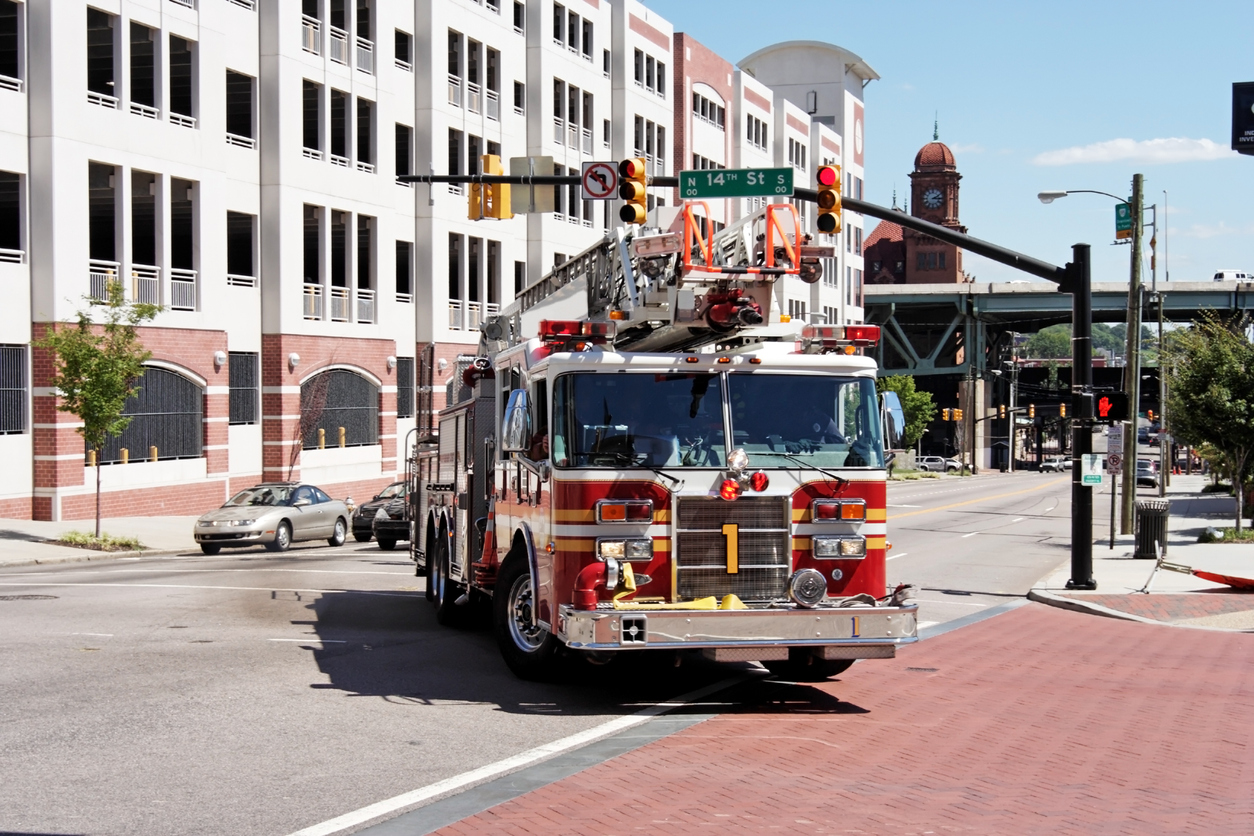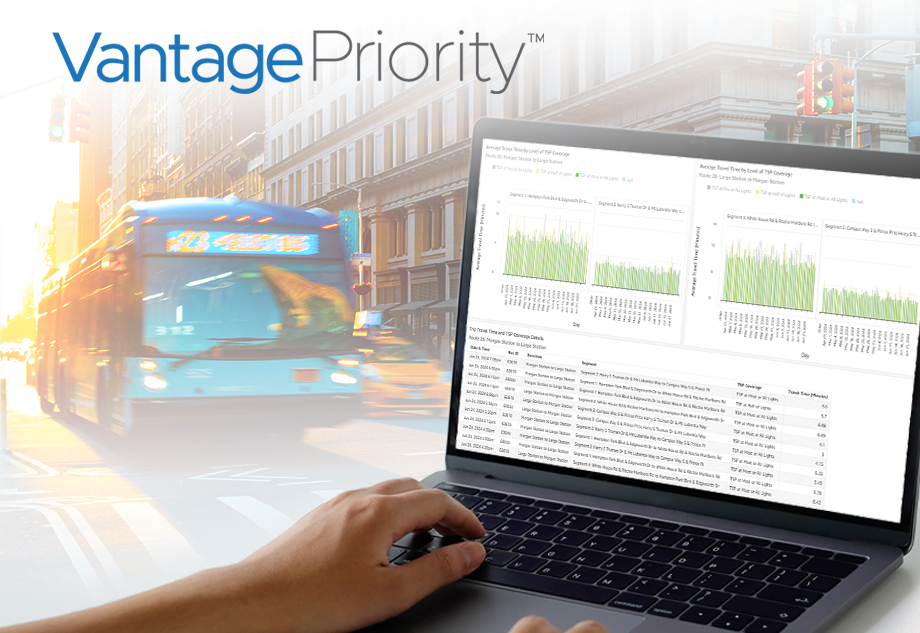
The Future is Smart: 3 Top Tech Trends at CES 2018

John Lower considers three of the biggest tech trends from this year’s CES conference.
Tens of thousands of technology enthusiasts flocked to Las Vegas last week for the 2018 International Consumer Electronics Show, better known as CES. Iteris was also well represented, endeavoring to keep our fingers firmly on the pulse of trends that are shaping the future of transportation and infrastructure. Our conclusion, I’m pleased to say, is that the initiatives we’re currently working on and the overarching consensus from CES 2018 for what the future holds are very much in alignment.
Smart Cities Are What We Make Them
It turns out there are no less than 122 definitions of smart cities, many of which are centered around the industries and specializations inhabited by the definitions’ authors – which is perhaps to say that “smart cities are what you make them”.
We’ve been having these discussions for many years, but CES 2018 has confirmed the consensus that citizen-centric, data-driven efforts are putting people – that’s you and me – at the center of smart cities.
Indeed, harnessing, storing and analyzing as much data as possible to give more residents more opportunities to succeed is where the true innovation lies.
From conversations with an insurance firm that develops data-driven tools to calculate road scores as part of a total home score to the United Nations Sustainable Development Goal 9 to build more resilient infrastructure as part of a sustainable future, safer and more efficient transportation are the goals here.
Shared multimodal solutions in smart cities were also identified as clear needs in the near term. To make this happen, the smartest of the smart cities are collecting and using performance analytics solutions to inform their project selection process.
Sensors Will Be Everywhere
Another common theme was “making mobility a great place to live”, with the sensors needed to enable this – ranging from wearables such as blood-pressure monitors in self-driving vehicles to Bluetooth, near-field communication, QR code and Wi-Fi – able to transform passive urban points of contact and locations (street furniture, bus benches, etc.) into smart, connected objects.
These connected sensors can then communicate with smartphones to deliver trusted mobility advisor information like how long a bus will take to arrive, choices of other modes of transportation or nearby destinations to better spend your time.
“Always-on V2X” with 5G was presented as a new business model that integrates mobility services with home digital assistants, providing a data link for information relevant to the traveler or consumer. Deployment of 5G is expected by 2019-2020 and will increase communication speeds by 10 to 100 times.
A mobility solution for e-commerce was previewed for on-demand retail, where anything from Amazon to your local pizza parlor can be summoned to your curbside via autonomous vehicles. Curb space use will need to be flexible for efficient movement of vehicles and bicycles, and accommodation of short-term delivery vehicle parking.
Smart sensor solutions that detect and differentiate vehicles, bicycles and pedestrians are a big piece of this puzzle.
Vehicles Will Be (Almost) Completely Autonomous
Almost-autonomous vehicles, better described as almost-self-driving vehicles, are expected by the Michigan Department of Transportation to operate this year in geofenced areas.
Original equipment manufacturers at CES 2018 presented concepts where fleets of self-driving vehicles deliver “contextual services” with predictive analytics that anticipate user needs.
For example: that wearable blood pressure monitor you put on during your commute may lead to the car’s recommendation that it drop you off further from your destination so you get more exercise.
More pedestrians and bicyclists are a given in more smart cities, as are more almost-self-driving vehicles. The “almost” qualifier with self-driving vehicles is due to their need for supplemental sensors on the infrastructure side of the vehicle-to-infrastructure communications for safe and efficient multimodal travel.
The Bottom Line
Smart cities, the proliferation of smart sensors and “almost-autonomous” vehicles were all major themes at CES 2018, with many exhibitors presenting truly innovative applications of emerging technologies, or new applications of existing tech. Collecting complex data to inform actionable insights is at the core of so many of these innovations and, I’m pleased to say, so many key initiatives my colleagues and I at Iteris are so heavily involved in.
About the Author

John Lower is a former associate vice president, Roadway Sensors at Iteris.
About the Author

John Lower is Associate Vice President, Roadway Sensors at Iteris.
Connect with John Lower on LinkedIn
 X
(Twitter)
X
(Twitter)
 Facebook
Facebook LinkedIn
LinkedIn Copy
Link
Copy
Link Email
Email

